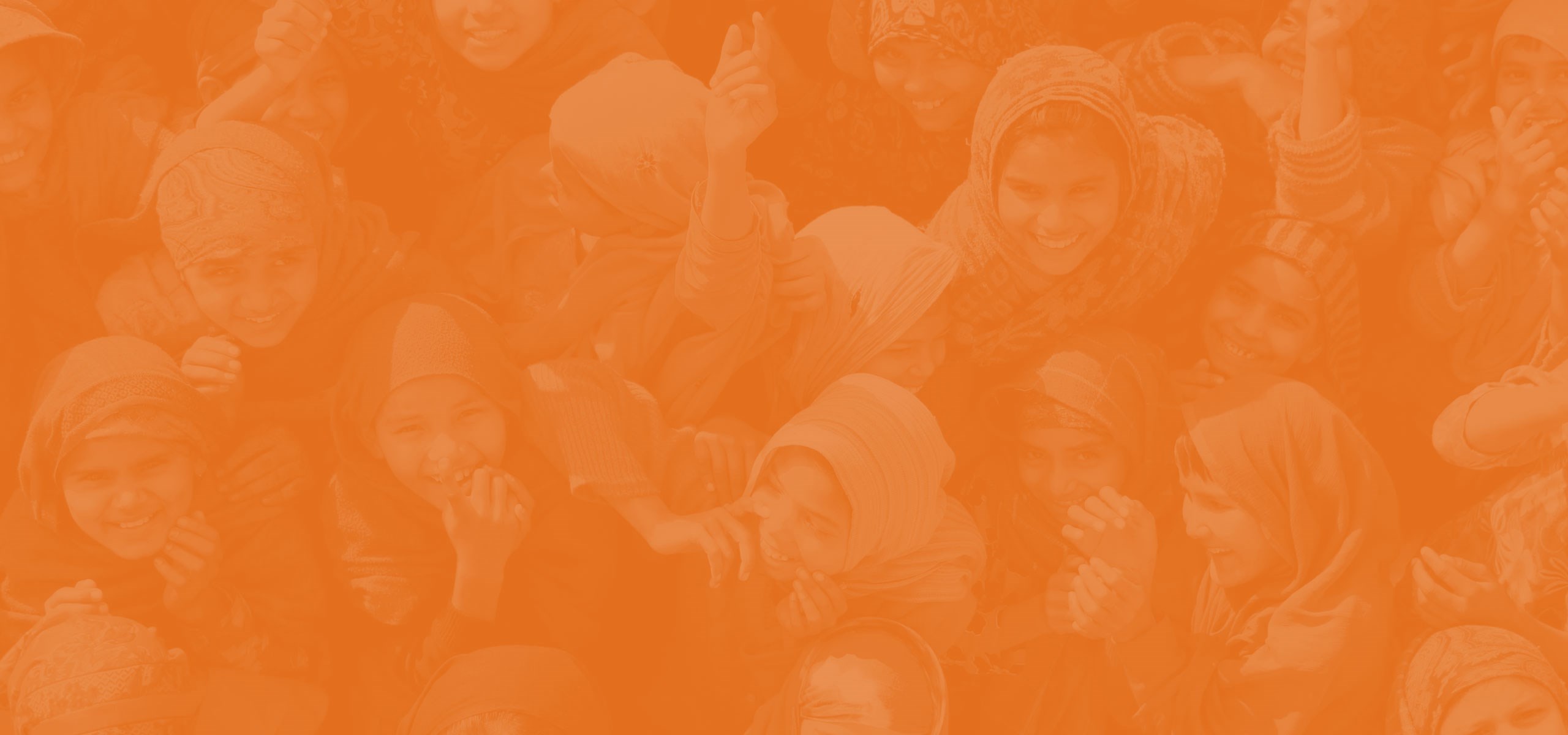

The world's first sustainable refugee camp
We are currently developing a refugee camp focused on sustainability, one where all materials and resources in the camp are recycled, forests are not felled to harvest fire wood, water is recycled, and that shared kitchens, vertical gardens and live side by side.
We are working in collaboration with a wide array of partners including CARE Norway, Innovation Norway, a number of Danish companies (including the architectural firm Lendager Group and the green energy company Pesitho), universities, local organizations, the locals in the area and of course the refugees themselves to make a camp with environmental, social and economic balance.

Renewable energy
We work with 120,000 people living in refugee camps in Uganda, where we test the concept with the first CAMP+. In the pilot project area, deforestation has resulted in a landscape with only 40% of the original forest remaining. The significant consequences for the surrounding ecosystem and environment led us to focus on creating green solutions to heating food and water.
All the solutions in CAMP + are based on renewable energy, which means that the need to cut down trees for firewood and building materials is greatly reduced. The women and girls who used to spend at least one full day a week going out into the woods for wood can therefore spend their time on something different and better. In addition, they reduce their risk of harm, as it is often a dangerous journey to go far out into the woods for firewood.
The solutions, and the way they are developed, will be able to be copied and scaled, both to refugee camps in other countries, but to a large extent also to other areas around the world where a focus on sustainable solutions is needed.
Sustainability in CAMP+
- Solarcell based kitchens where you can also charge your cellphone and your batterydriven lamps.
- Community area with sustainable growth of healthy and nutritious fruits and vegetables.
- Plastic production unit that runs on 100% solar cells where all plastic waste generated in the camp will be transformed into products that are sold locally. The products can be chicken wire, buckets, or mats. We are also creating building materials such as shindles that can strengthen the shelters, while also reduceing the need to log wood for construction.
- Creation of small- and medium sized companies and ways of making income that means that the refugees in the camp will be more self-sufficient and earn an income.

